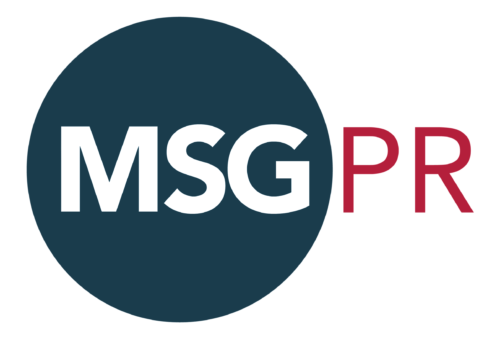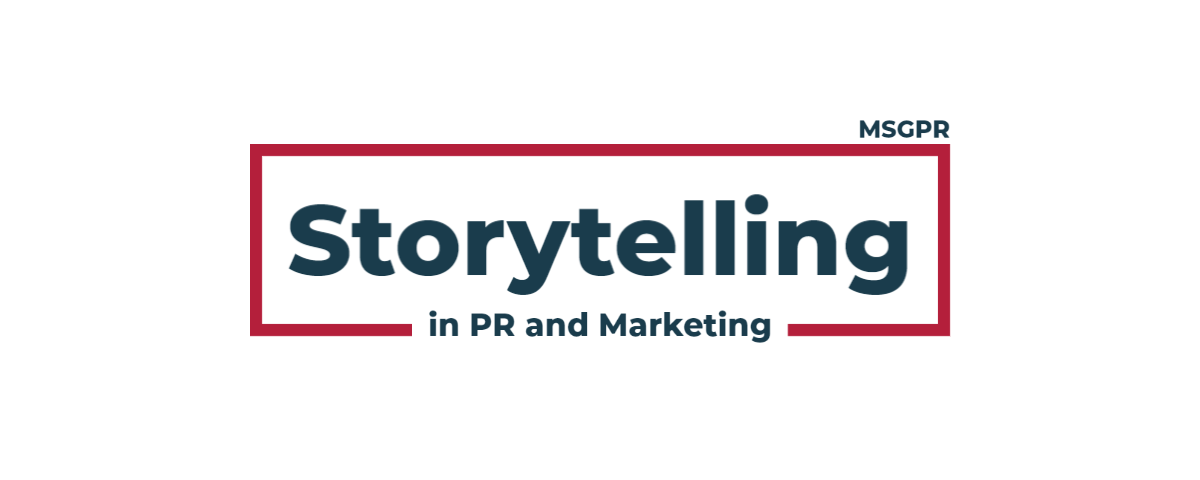Storytelling is about connection. Emotion, laughter, tears, all those are a means to connection. Have you ever watched a commercial that left you laughing so hard you had to send it to someone else or drop it in the group message? That is what good storytelling does, it draws the audience in, establishes a connection, and humanizes the brand.
Public relations tend to be focused on brand awareness, audience relationships, and brand trust. Marketing is about selling the product. Good storytelling does both: it sells and is good pr.
Good storytelling has the power to influence change over an audience’s understanding, belief, and ultimately, their willingness to purchase a product. Stories engage and captivate people. When a company tells a story, whether it be their story or a created story for promotion, it creates a window into the company’s ideology and the brand’s personality, which increases potential customers positive interactions with the brand.
The Power of Story
Whether it’s the iconic Geico lizard, the Budweiser horse, or the JG Wentworth Cash Now song, there are infamous images that stick with us. And what makes us remember these images: stories. So let’s take a look at some examples of great storytelling across media and brands:
Over the last several years Nike has consistently produced videos and ads focused on demonstrating the power, grace, and determination of women athletes across the world and across sports.
With simple scenes of women running, swimming, jumping, in their neighborhoods and sports arenas, Nike evokes a moving view of a global network of women athletes who are just like you and me. The connection humanizes the women on the screen, any one of them could be me, or you. The diversity in sport, body type, language, and location give a call to a higher, global family of women that leaves viewers empowered and unified. In a few simple moments, Nike has communicated that it believes in women. It supports women. It stands in awe of women. The audience feels that. And all of this, without a single sales pitch. No, spotlighting of specific products, or naming the best shoe for this sport, just a simple logo at the end, declaring: this is who our brand is. A powerful, relevant story is often more motivating than a sales pitch. A shirt is a shirt, but a shirt from a company who tells a compelling story about a young female athlete to demonstrate their commitment to empowering female athletes is more likely to result in a positive brand association and lead to sales.

Spotify’s end of the year ‘wrapped’ feature offers users a glimpse into their music and podcast usage over the last year. Here, Spotify has found a way to tell the users story back to them. To give them a graphically stunning, interactive digital story of their year through the lens of their music. As soon as wrapped starts dropping, it blows up social media. Everyone wants to post and share their top artists, songs, and minutes listened. Spotify took user data, and gifted it back to the user in an enticing and engaging way that promoted user-created content across other social platforms. In this way, Spotify allowed its users to tell their own story while building great brand awareness through shares and re-posting.


Charity Water, a nonprofit focused on providing clean water to developing nations, has garnered a large following on Instagram. They have partnered with photographers to highlight the real people behind the fundraising, and the real families and communities receiving water. The result is striking photography and short descriptions that tell the story of the person or place. This simple approach to digital storytelling puts real people front and center allowing followers to see the authenticity of the brand and feel an instant connection to the people and cause.
Beef, It’s What’s for Dinner
In the early 90s the Beef Industry Council ran it’s first ad for the famous “Beef, It’s What’s for Dinner” campaign. Within the next decade, it would become one the most widely recognized advertising campaigns in the United States. Storytelling wasn’t a big discussion in the PR and marketing realm in the nineties, but a quick look back at the tv ads shows us the underlying story that permeated the entire campaign.
The campaign’s goal was to convince families to purchase and consume more beef. However, the video and radio ads reveal a unique theme: beef binds. The offering of quick and easy recipes for the busy family was convenient and relevant to many families, and each commercial ended with a family together, at the table. They were telling the story that a family that eats beef is a successful, busy family that takes the time to sit and enjoy dinner together. No matter how busy the day was, you come home to beef, and a sense of family. Whether you lived in a city or out west, beef brought the family together each night around the table. Beef, It’s What’s for Dinner was subtly showing potential customers pictures of their own lives and families, helping them identify the the images and connect to the product.

Patagonia took a bold stand on Black Friday several years ago. They published an ad in the NY Times titled: Don’t Buy this Jacket, featuring a picture of their popular fleece pullover. The accompanying article was the company’s attempt to convince consumer to do just that: not buy their jacket. This may seem counter-initiative, don’t most companies want people to purchase their products? Of course, but at the heart of Patagonia’s brand is environmental responsibility. Since it’s founding, Patagonia has be intentional in implementing strategies throughout its development, supply, and sales departments to stay true to their commitment to nature. Their “Don’t Buy this Jacket” ad was a bold statement to their continued commitment to this cause, and led to more consumers knowing of their second hand initiative “worn wear”. They chose to tell their brand’s story even at the risk of losing sales.
So how does all of this translate to your business? Come back next week as we walk you through the steps of constructing a compelling story for your business or organization.
Want to get ahead of the game? Storytelling is our specialty. Give us a call and let us tell your story: (936) 637-7593




